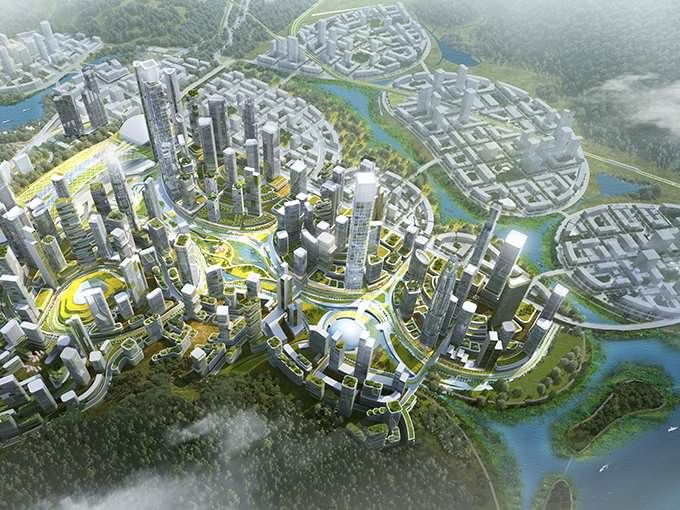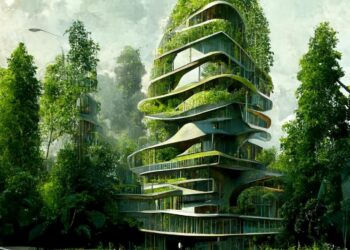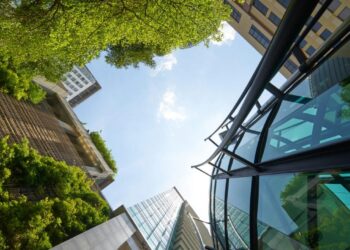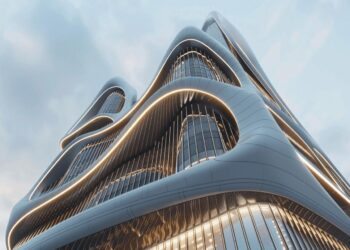Our planet’s future is inextricably linked to the future of our cities. As gleaming hubs of commerce, culture, and innovation, urban centers are home to more than half of the world’s population. Yet, this incredible concentration of human activity comes at a steep environmental price. Cities consume over two-thirds of the world’s energy and are responsible for more than 70% of global carbon dioxide emissions. They are, in effect, the super-emitters at the heart of the climate crisis. But what if they could become the solution?
This is the audacious vision behind the concept of the net-zero city—an urban ecosystem meticulously engineered to achieve a perfect balance between the greenhouse gases it produces and those it removes from the atmosphere. This is not a distant, utopian dream; it is a tangible, actionable goal that municipalities around the globe are actively pursuing. A net-zero city reimagines every aspect of urban life, from the electricity that powers its lights and the vehicles that move its people, to the buildings they live in and the waste they produce.
Achieving net-zero is more than just an environmental target; it is a blueprint for creating cities that are more resilient, economically competitive, and profoundly more livable. This comprehensive exploration will delve into the core strategies and groundbreaking technologies that form the foundation of these cities of tomorrow. We will examine the real-world pioneers leading the charge, confront the significant challenges on the road to zero, and paint a picture of a future where our greatest population centers become our greatest champions of sustainability.
The Urban Imperative: Why Net-Zero is Non-Negotiable
The global push for net-zero cities is born from urgent necessity. The concentration of people and infrastructure in urban areas makes them uniquely vulnerable to the escalating impacts of climate change. The “urban heat island” effect, where concrete and asphalt absorb and retain heat, exacerbates deadly heatwaves. Sea-level rise and extreme weather events threaten coastal cities with unprecedented flooding, while air pollution from traffic and industry poses a constant threat to public health.
Simultaneously, the unstoppable trend of urbanization means that by 2050, nearly 70% of the world’s population will live in cities. If this growth follows the carbon-intensive patterns of the past, it will be impossible to meet the climate targets set by the Paris Agreement and avoid the most catastrophic consequences of global warming.
Therefore, transforming cities into net-zero entities is not merely an option but a critical survival strategy. It is about future-proofing our urban centers, turning them from climate liabilities into assets of resilience and sustainability. The cities that successfully navigate this transition will attract talent, foster innovation, and offer their citizens a higher quality of life, with cleaner air, quieter streets, and greater access to nature. The economic case is just as compelling, as the shift to a green economy unlocks massive investment in new technologies and creates a wave of jobs in renewable energy, building retrofitting, and sustainable transport.
The Blueprint: Four Pillars of a Net-Zero City
Achieving net-zero emissions in a complex system like a city requires a holistic, multi-pronged strategy. There is no single silver bullet. Instead, it is about a synergistic integration of policies and technologies across four fundamental pillars.
A. The 100% Renewable Energy Transition: The most crucial step is the complete decarbonization of the energy supply. This involves a decisive pivot away from fossil fuels like coal and natural gas towards clean, renewable sources. Cities are harnessing solar power on a massive scale, installing panels on every available rooftop—from municipal buildings and schools to private homes and commercial warehouses. On their outskirts, vast solar and wind farms are being developed to supply utility-scale power. Beyond wind and solar, cities are exploring geothermal energy for district heating and cooling, and in some cases, harnessing energy from waste. However, generating renewable power is only half the equation. To manage the intermittent nature of wind and solar, net-zero cities are investing heavily in smart grid technology and large-scale energy storage. Smart grids use digital technology to dynamically manage electricity flow, reducing waste and improving reliability. Grid-scale batteries and other storage solutions, like pumped-hydro storage, ensure that a city has a consistent power supply even when the sun isn’t shining or the wind isn’t blowing.
B. A Revolution in Urban Mobility: The transportation sector is a primary source of urban emissions and air pollution. A net-zero city completely overhauls how its citizens move. The foundation of this new mobility is a world-class, affordable, and fully electrified public transportation system. This means replacing diesel buses with quiet, clean electric models and expanding light rail, tram, and subway networks to connect the entire metropolitan area.Beyond public transit, the urban landscape itself is redesigned to prioritize people over cars. This is the core idea behind the “15-minute city” concept, where residents can access all their essential needs—work, shopping, education, and recreation—within a 15-minute walk or bike ride from their homes. This is achieved through mixed-use zoning and the creation of extensive, safe, and interconnected networks of bike lanes and pedestrian pathways. For trips that still require a personal vehicle, the future is electric. Net-zero cities are accelerating the adoption of electric vehicles (EVs) by building out a dense and accessible public charging infrastructure.
C. The Green Building Imperative: The buildings where we live and work are responsible for a colossal share of a city’s energy consumption and carbon footprint, primarily through heating, cooling, and lighting. The strategy here is twofold: retrofitting the old and building the new to the highest possible standards.For existing buildings, cities are launching ambitious retrofitting programs to dramatically improve energy efficiency. This includes adding thick layers of insulation, installing high-performance triple-glazed windows, sealing air leaks, and upgrading to energy-efficient HVAC systems and LED lighting. For new constructions, the goal is to build net-zero energy buildings from the outset. These structures are so efficient that they can produce as much renewable energy on-site—typically through rooftop solar—as they consume over the course of a year. This is achieved through passive design principles (orienting the building to maximize natural light and ventilation), superior insulation, and the use of sustainable, low-carbon building materials like mass timber.
D. Embracing a Circular Economy: The traditional urban economic model is linear: we take resources, make products, and then dispose of them as waste. This “take-make-waste” system is incredibly inefficient and environmentally destructive, with landfills releasing potent greenhouse gases like methane. A net-zero city replaces this with a circular economy model focused on eliminating waste and keeping materials in use for as long as possible.This begins with comprehensive city-wide programs for recycling, composting organic waste, and capturing energy from non-recyclable materials. But it goes much deeper, involving policies that encourage product repair, refurbishment, and remanufacturing. Cities are fostering “sharing economy” platforms, promoting local food production through urban farming to reduce “food miles,” and developing advanced systems to treat and reuse wastewater. The ultimate goal is to design waste out of the system entirely, transforming the city from a consumer of resources into a regenerative ecosystem.
Pioneers on the Path to Zero: Cities in Action
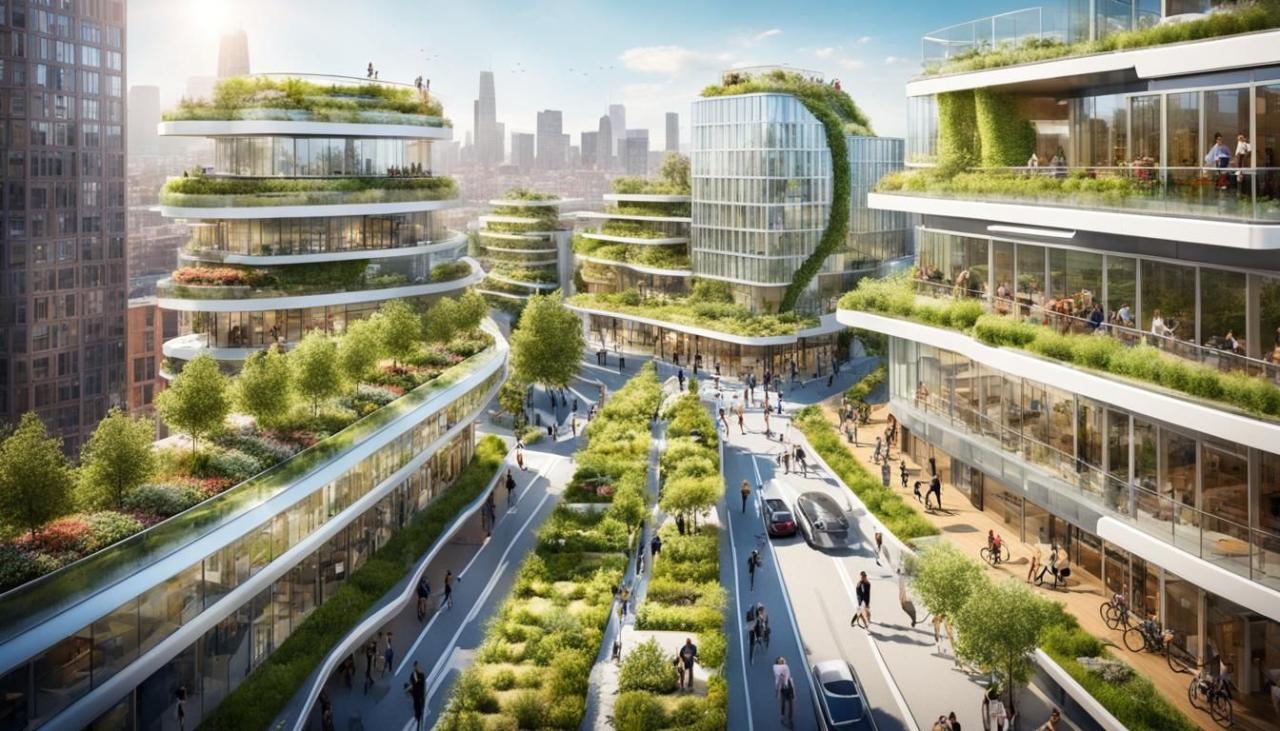
This vision is already taking shape in pioneering cities around the world.
- Copenhagen, Denmark: Often cited as a global leader, Copenhagen has a clear goal to become the world’s first carbon-neutral capital. Its most famous achievement is its world-class cycling culture, where over 60% of residents commute by bike thanks to a network of “Cycle Superhighways.” The city also has a highly efficient district heating system that captures waste heat from power plants to warm homes, significantly reducing emissions.
- Masdar City, Abu Dhabi: Built from the ground up as a sustainable urban experiment, Masdar City is a living laboratory for net-zero technologies. Its buildings are designed with passive cooling strategies inspired by traditional Arab architecture, reducing the need for air conditioning. A large solar farm powers the city, and a network of autonomous, electric transport pods provides mobility.
- Oslo, Norway: Oslo is aggressively tackling emissions from transport, its largest source. The city has the highest concentration of electric vehicles in the world, supported by a vast network of free public chargers and financial incentives. Its “Climate Budget” is a groundbreaking policy that tracks carbon emissions with the same rigor as financial spending.
The Roadblocks: Overcoming the Challenges
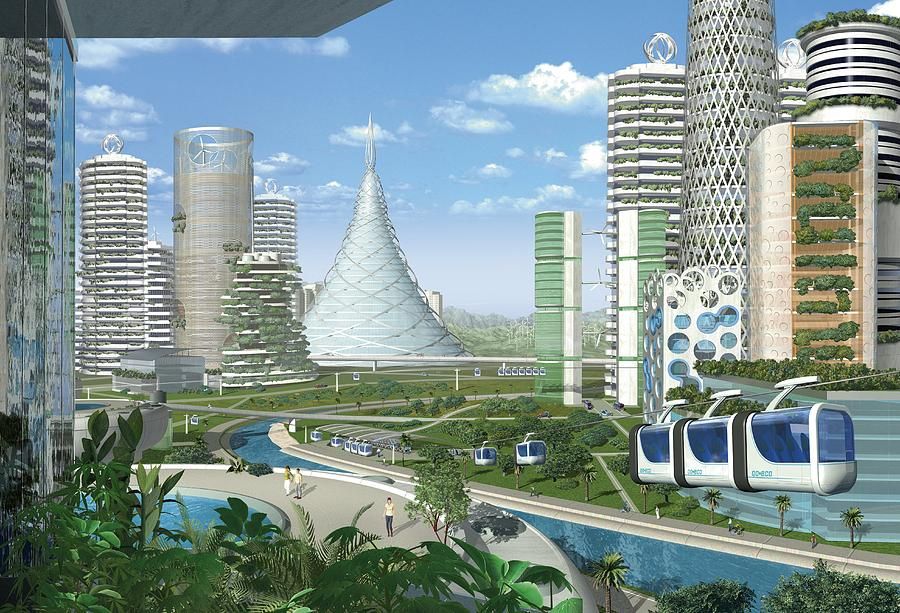
The journey to net-zero is ambitious and fraught with challenges that require careful planning and steadfast commitment.
A. The Scale of Financial Investment: The upfront cost of retrofitting millions of buildings, replacing entire vehicle fleets with electric alternatives, and building new energy infrastructure is immense, often running into the billions of dollars.
B. Policy and Political Will: Success depends on long-term, stable, and brave policy-making. Political cycles can disrupt progress, and achieving coordination between local, regional, and national governments can be a major hurdle.
C. Ensuring a Just Transition: It is crucial that the costs and benefits of the green transition are shared equitably. Policies must be designed to protect low-income communities from rising energy costs and ensure they have equal access to new, green infrastructure and jobs.
D. Technological and Logistical Hurdles: While many technologies exist, scaling them up to an entire city presents challenges. Large-scale energy storage remains a key bottleneck, and decarbonizing heavy industry and aviation within city limits is incredibly difficult.
Building a Better Urban Tomorrow
The creation of net-zero cities is the great architectural and engineering challenge of our time. It is a profound rethinking of what a city is and what it can be. The path is complex and the investment required is significant, but the cost of inaction is infinitely greater.
The blueprint is clear, and the pioneers have shown that it is possible. Through a dedicated and integrated focus on renewable energy, sustainable mobility, green buildings, and a circular economy, we can systematically dismantle the carbon-intensive legacy of our urban areas. The result will be cities that are not only in balance with our planet’s climate but are also healthier, more equitable, and more inspiring places to call home. This is the future we must build.

